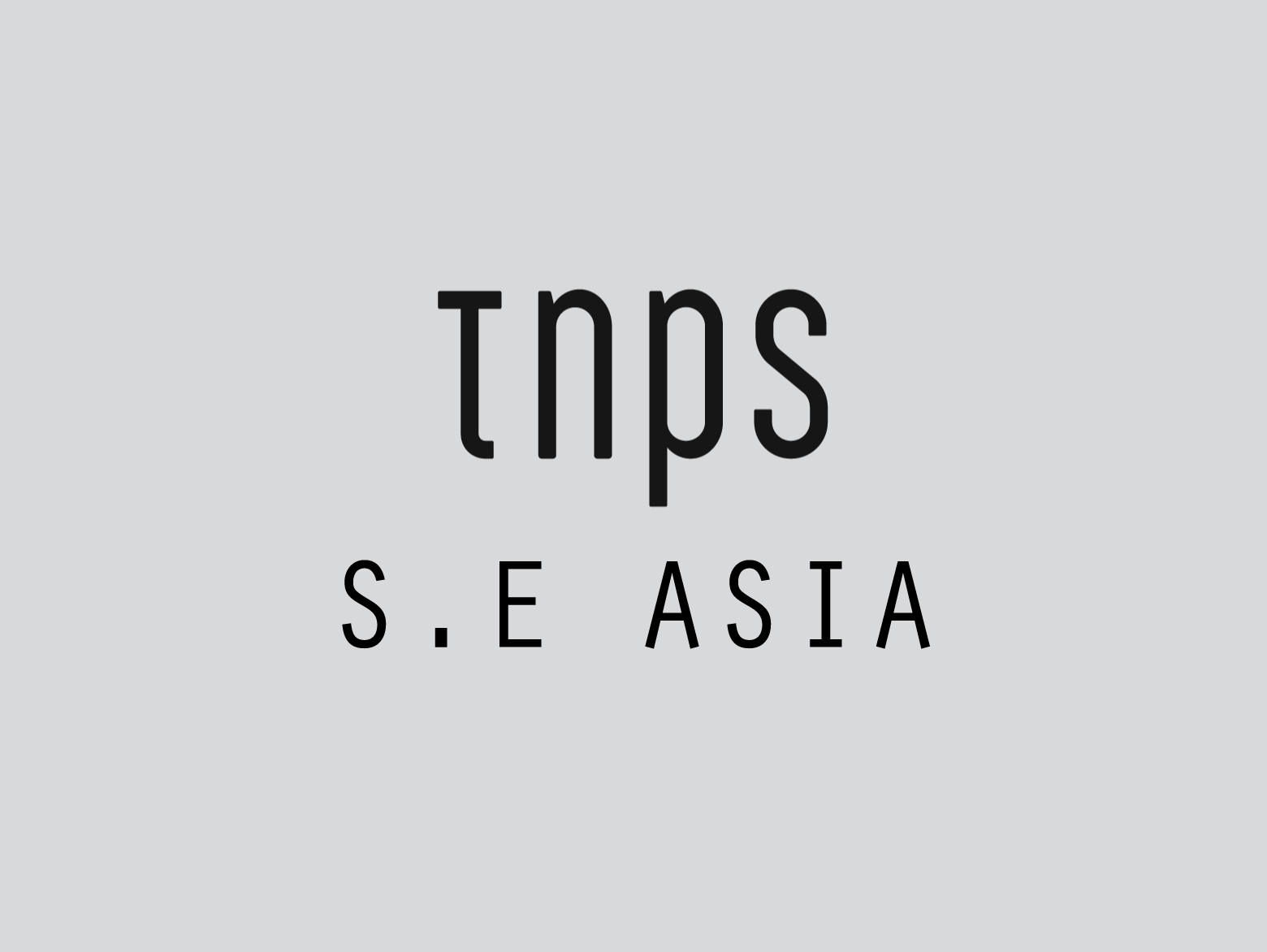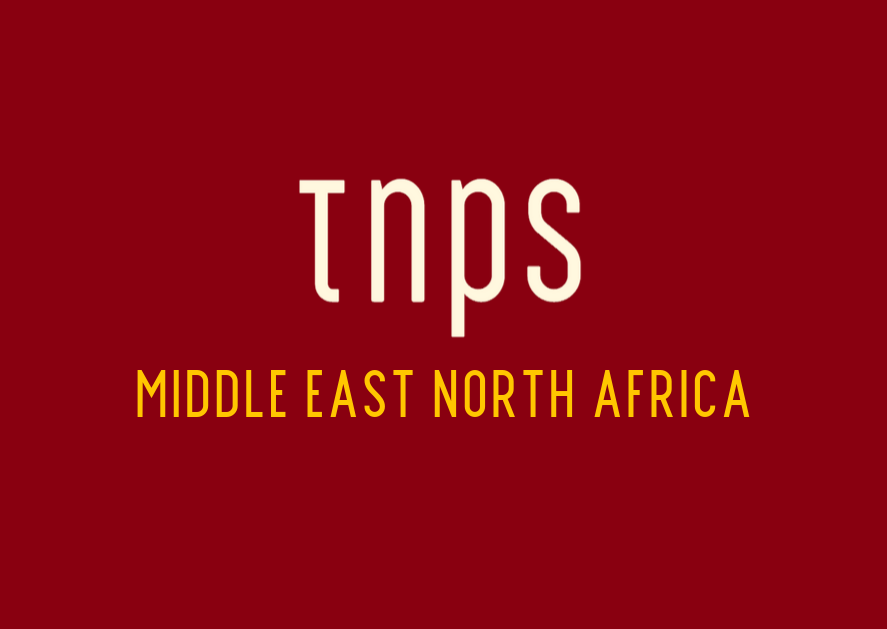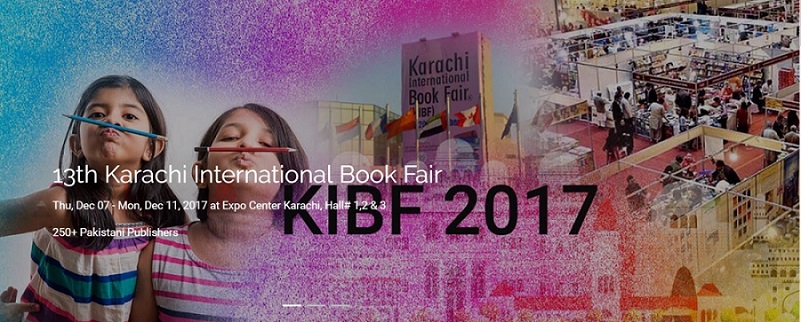One might excuse the digital resistance for their reluctance to move with the times given India is at just 54.2% internet penetration. What point digital when barely half the country is online? But hold on. This is India, a land of 1.4 billion people, meaning that 54.2% equates to 755 million people online – more than twice the entire population of the USA.
With the last-minute postponement of the New Delhi World Book Fair and the Chennai Book Fair, it is clear India is far from over the worst of the Pandemic’s impact, and the fate of the Kolkata International Book Fair remains on a knife-edge, with a final decision still not, as this post goes live, announced.
Last week The Hindu reported on publishers “in dire straits”, their “hopes dashed” leaving them in a “financial crisis” as the 1 million visitor Chennai Book Fair was cancelled at the last minute.
India is a big country, of course, and some book fairs have gone ahead, albeit on a restricted basis. Not least the Vijayawada Book Festival which attracted between 5,000-10,000 per day over 11 days (55,000 to 110,000 visitors for those mathematically challenged), but here as across much of India the publisher and organiser focus was on printed books at the expense of all other considerations.
New Indian Express reported Vijayawada Municipal Commissioner V Prasanna Venkatesh as pointing out that,
despite the advancement in technology and availability of e-books, the experience of holding a book to read it is different (advising) youngsters to inculcate the habit of reading books by regularly visiting the nearby libraries.
This inability to equate reading with ebooks (let alone audiobooks, heaven forbid!) lies at the centre of the crisis so many Indian publishers are now facing.
Per News9Live, Publishers’ and Book Sellers’ Guild president Tridib Chatterjee, explaining plans for the January 31 launch of the Kolkata International Book Fair after two missed years, said,
I am monitoring the arrangements at the fairground at Central Park in Salt Lake. We have not stopped the preparation. If the fair is not held this year, many publishers may have to starve.
The point is well made, in that in 2019, the Kolkata event attracted 2.2 million visitors who spent USD $3.17 million on books, such is the power of a public-facing Indian book fair.
But then came the barren years, with no physical book fair and, absolutely on no account, no way, over my dead body, not in a million years a digital alternative. Publishers, or at least, their representative bodies, spent much time happily resisting digital, be it online print sales, ebooks or digital audio, or virtual events. Tradition trumps progress even if that means publishers and consumers lose out, as they clearly have if we are to take seriously Chetterjee’s talk of publishers facing starvation.
Nothing new here, it must sadly be said, per this TNPS post in 2019:
But elsewhere a different narrative was being told about Indian publishing in 2021. The following quotes are from The Indian Express.
Chiki Sarkar, publisher of digital-first operation Juggernaut, conceding things weren’t easy, added,
On the professional front, work picked up brilliantly in the second half of the year (2021) with Juggernaut having two no 1 bestsellers.
While Ananth Padmanabhan, CEO of HarperCollins India, said 2021 was,
Our best publishing year (explaining) our digital marketing has been cutting and industry leading and our newsletter Harper Broadcast won the 2021 Gold for Email Marketing from M3 – Masters of Modern Marketing. In November, HarperCollins also moved into new offices in Gurgaon to begin a hybrid work model.
Just in case Tridib Chatterjee and his starving publishers haven’t got the message, Padmanabhan added,
What is most gratifying is that Indian readers are buying a lot more books than even before the pandemic and sales of children’s books are at an all time high. It was a milestone year in many ways.
And for the OUP India, MD Sumanta Datta, managing director of Oxford University Press (India) says,
The pandemic reset all equations everywhere, including in educational publishing, but the OUP continued to focus on how it can support the future of learning, as the pandemic moved digital learning in education ahead by years.
For Hachette India Poulomi Chatterjee said it was,
A very good year for all of Hachette’s publishing lists, both local and international.
And let us end here, Tridib Chatterjee, with a quote from Trisha Niyogi of Nyogi Books:
The infrastructure we started building in terms of digitalisation and collaborative activities in 2020, ensured that we were better prepared for 2021.
As the full picture of the 2021 India book market emerges it’s all the more likely we’ll see two very different stories being written.
One might excuse the digital resistance for their reluctance to move with the times given India is at just 54.2% internet penetration. What point digital when barely half the country is online?
But hold on. This is India, a land of 1.4 billion people, meaning that 54.2% equates to 755 million people online – more than twice the entire population of the USA.




